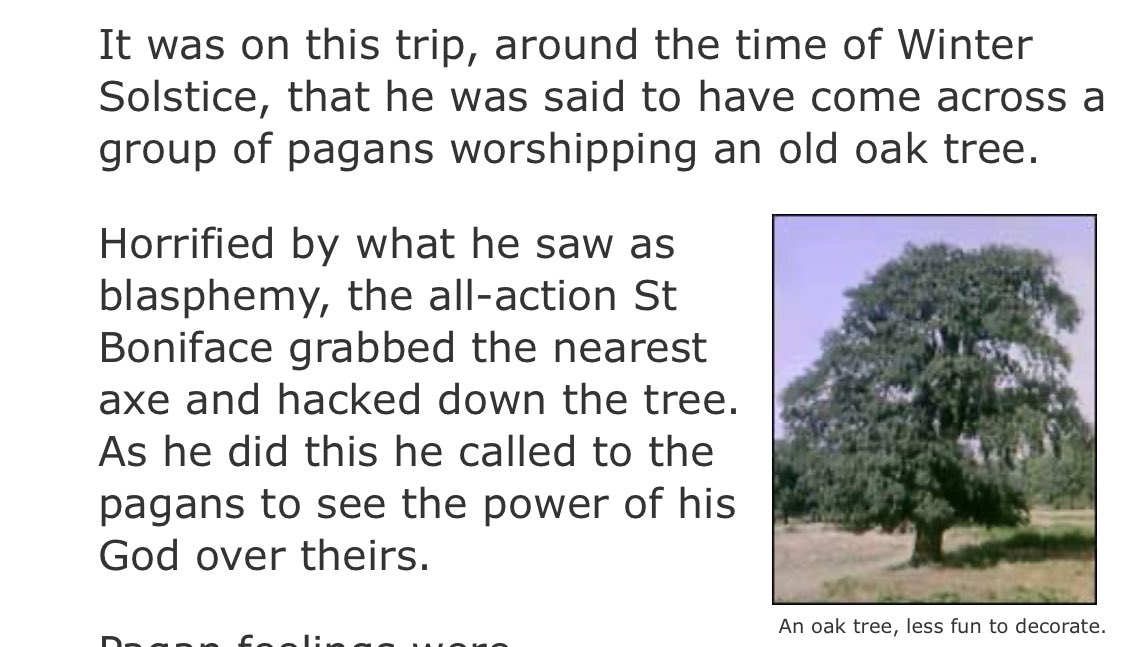Research credit: TrueIndology
The world celebrates this winter solstice (in the Northern Hemisphere). What is the origin of this festival & traditions? Here are a fascinating journey through its history.
Surprisingly, Christmas & Easter are never mentioned even once in the Bible. The Christmas tree is banned per the Bible.
2 Thus saith the LORD, Learn not the way of the heathen, and be not dismayed at the signs of heaven; for the heathen are dismayed at them.
3 For the customs of the people [are] vain: for [one] cutteth a tree out of the forest, the work of the hands of the workman, with the axe.
4 They deck it with silver and with gold; they fasten it with nails and with hammers, that it move not.
For this reason, many staunch Christians, such as Protestants following Sola Scriptura (through Scripture alone), don't celebrate with Christmas trees. Many groups, such as Jehovah's Witness & Quakers, don't even celebrate Christmas. Christmas used to be forbidden.
Here is a public notice in the United States in 1655: "Anybody celebrating Satanical practices such as Christmas is liable to a fine of five Shillings".
How did Christmas come to be moved to the winter solstice, a celebration of the sun?
The origins of Christmas traditions comes from multiple ancient traditions.
- Yule, the Scandinavian fertility god: Yuletide carols & greetings.
- Wiccan: Tradition of wreaths & decking halls with holly.
- Druid: Hoping for a kiss under the mistletoe. Fans of Asterix (Asterisque) would remember Getafix, the druid.
- Saturn: decorating a Saturnalia tree
- Thor, Odin, St.Nicholas: Norse/Viking gods. Tradition of visitor bringing gifts at night.
- Sleipnir: Odin's flying 8 legged horse, sound of hooves on the rooftop.
- Mithras: Sun's rebirth. In India, Mithrotsava is still celebrated in some regions.








No comments:
Post a Comment